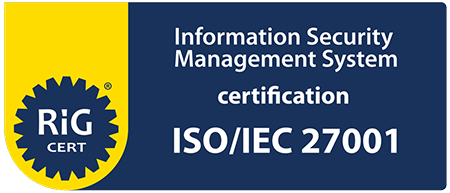Services and solutions
Resources
About the company

The latest news in HR development, leadership and digital tools - right in your inbox!
Drop us an e-mail: info@ls-s.com
Key areas of application of our expertise

The environment of trust is key for the "health" of the company, for its good climate and successful performance. Often the level of trust in a company is associated with how employees perceive the management and leaders. This includes decisions that are made at a high or daily level, the objectivity of the information shared, the fulfillment of promises, the consistency of principles and many other factors. However, in order to have a lasting environment of trust, it is necessary to go beyond these traditional notions of the direction of trust.
There can also be different levels of trust between teams, which inevitably affects their work together. The problem of trust is key to the company's success - it affects employee engagement, motivation and even staff turnover. Another dangerous negative effect is the reluctance to take responsibility and reduced productivity. The sensitive topic of building trust is difficult to discuss even in close-knit meetings. In order to have a constructive discussion on trust and to be possible to take adequate measures, concrete facts on which to base it are needed. With the appropriate employee survey tools, it is possible to identify where negative attitudes come from.
Feedback on topics such as trust or organizational change is an integral part of a work environment strategy in which creativity and collaboration are stimulated and talents reach their full potential instead of being suppressed by fear or negative attitudes. That's why LS-S offers employee surveys tools. In times of major changes and restructuring, trust is threatened, insecurity usually increases - that's why surveying people in the company is essential for maintaining its image and healthy environment. However, in order to have an effective examination, it is important to have an analysis that identifies specific problematic factors, as well as to make a comparison between the current and past situations. Only in this way can changes in trust levels and what affects them be tracked, in order to take timely measures to improve the situation.
Related products: